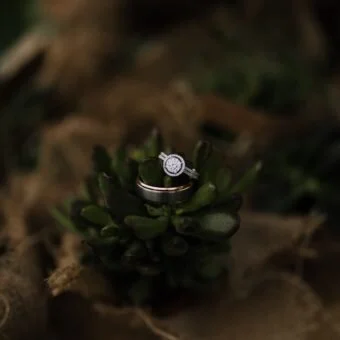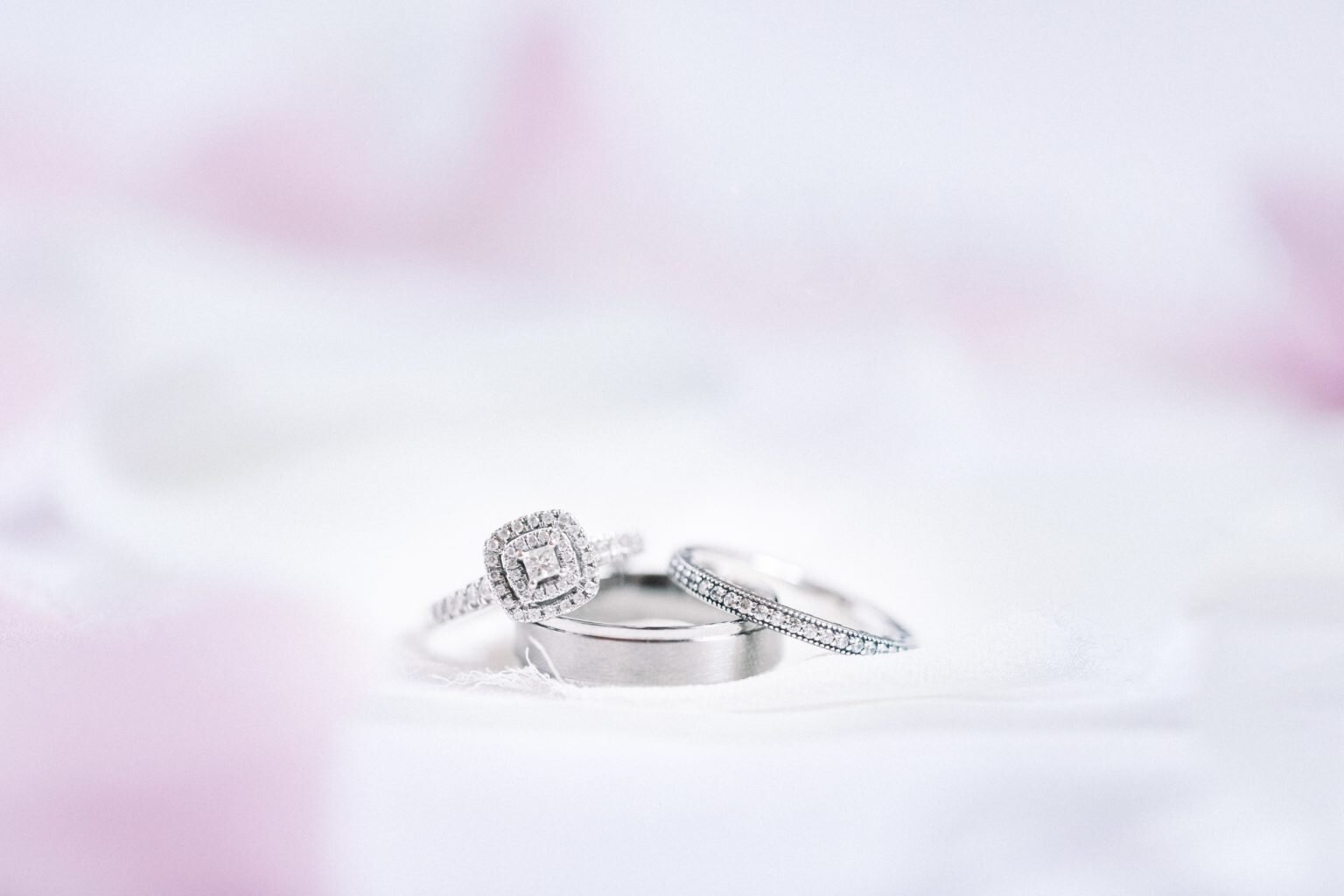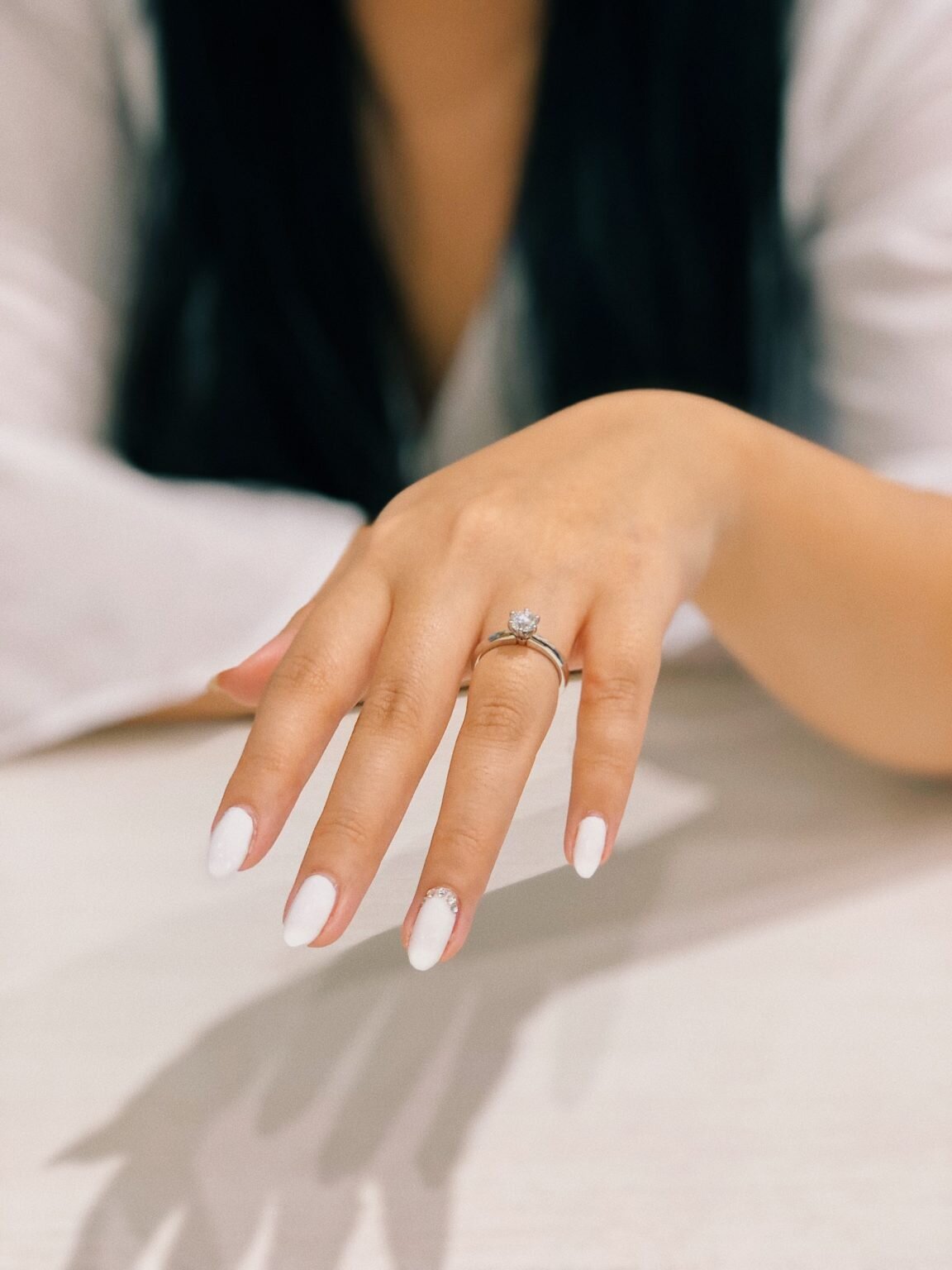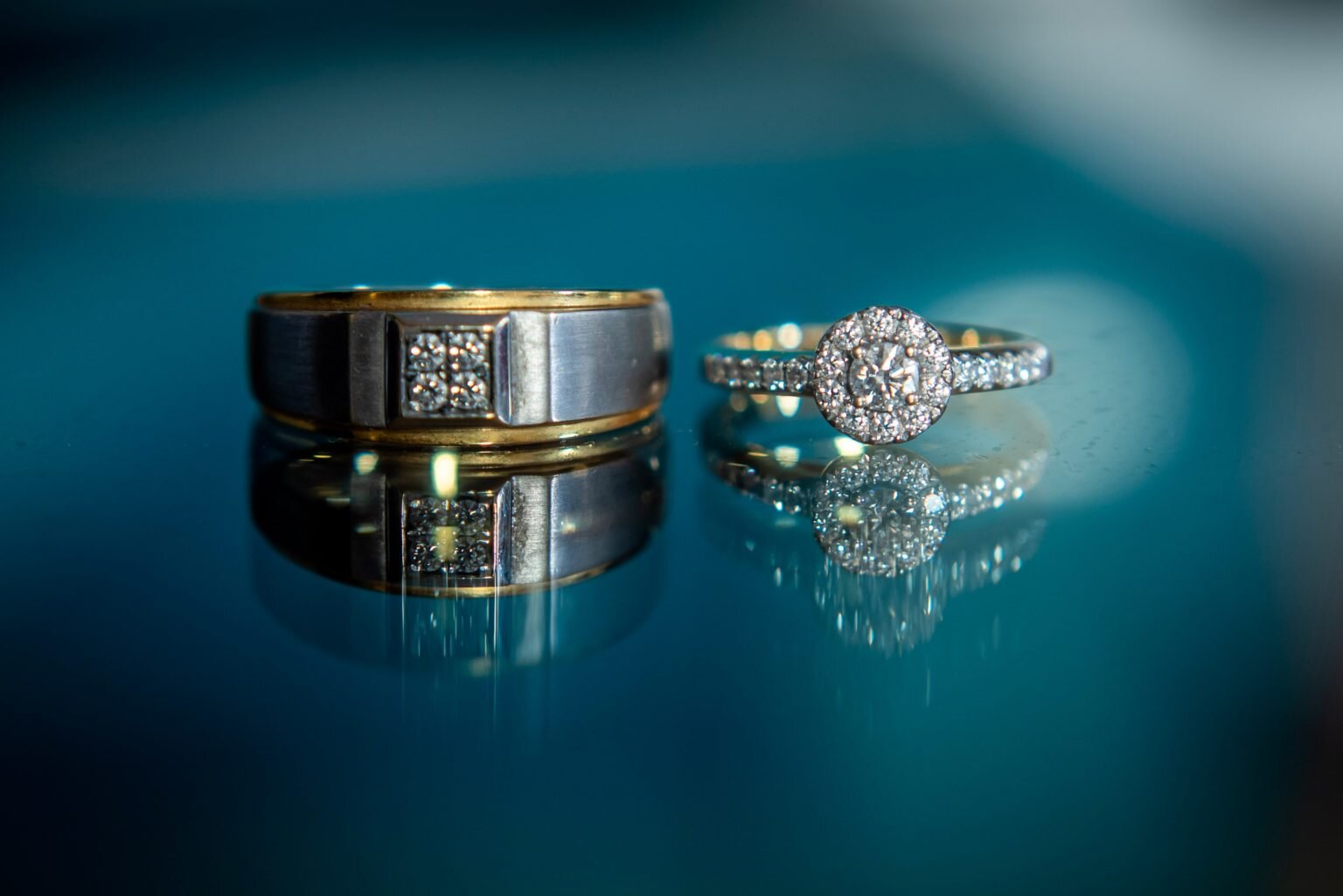The Complete Guide on Diamonds Made from Hair
CONTENT
THE COMPLETE GUIDE ON DIAMONDS MADE FROM HAIR
WHAT IS HAIR MADE OF?
__
There are two known types of hair. These are:
Terminal hair – Coloured and visible hair is under this classification. Terminal hair can be further divided into two categories.
Long, soft hair – Hair under this category are those in the head, beard, armpit hair, and pubic hair.
Short, stiff hair – Hair under this category includes eyebrows and eyelashes.
Vellus hair (Lanugo) – This kind of hair is downy and colourless, and is spread throughout the whole body.
ELEMENTS AND COMPONENTS IN HAIR
__
Hair is made up of the following parts and functions:
Hair shaft – This is the portion of hair seen above the surface of the skin.
Hair follicle – This part holds each hair into the skin.
Hair bulb – This is where the living cells grow to build the hair shaft.
Sebaceous gland – This oil gland is attached to the hair follicle and produces a waxy substance called sebum that allows the hair to be lubricated.
Hair is mainly made up of keratin, a structurally fibrous protein. This type of protein is made up of amino acids (building blocks of protein) while their chemical structure is compact through the help of hydrogen bonds. These hydrogen bonds can be accounted for our hair’s flexibility. These bonds are also responsible for one-third of hair’s strength.
Aside from hydrogen bonds, hair also has salt bonds and disulfide bonds. Salt bonds are physical side bonds affected by changes in the pH level. Hence, they can be broken down by strong acidic or alkaline solutions. They also account for another one-third of the hair’s strength, just like hydrogen bonds.
Disulfide bonds are not physical side bonds like hydrogen bonds and salt bonds. They are chemical side bonds that connect together two sulfur atoms linked to cysteine amino acids. Hair relaxers and other chemicals can chemically alter the disulfide bond, although they cannot be broken down through heat or water.
Amino acids are made up of the following elements:
Carbon (45%)
Oxygen (28%)
Nitrogen (15%)
Hydrogen (7%)
Sulfur (5%)
The most prominent amino acids found in our hair are cysteine, serine, and glutamic acid.
Hair also has 12% to 15% water in its composition, along with minerals like calcium, cadmium, chromium, copper, iron, silicon, and zinc. These elements are brought back to the hair follicle through blood circulation, which will lead to the building of the hair shaft. The blood vessels are the source of nourishment for cells in the hair bulb. Hormones that can modify hair growth and structure are delivered through the blood vessels.
The hair also has a lipid content of about 3%. The lipids are produced in the hair bulb from ceramides, fatty acids, and sterols, and are present in the intercellular cement of the cortex and cuticle. They give the hair impermeability and hair fiber cohesion.
Sebum is another type of complex lipid formed in the sebaceous gland. This complex lipid is produced through the disintegration of mature sebaceous cells. It contains esterified cholesterol, free cholesterol, squalene, triglycerides, and waxes. The bacteria Propionibacterium acnes and Propionibacterium granulosum found in the scalp enables triglycerides to undergo partial hydrolysis (compound’s chemical breakdown due to reaction with water). This process liberates fatty acids and glycerol. These compounds are made of carbon chains with numerous unsaturated branches. On the other hand, the waxes are formed through esters of acids and long-chain alcohols.
Acetate molecules are condensed to produce mevalonic acid (isoprenoid isomer) and squalene (linear hydrocarbon with 30 carbon atoms) in the sebaceous gland. This lipid mixture formed on the skin’s surface lubricates and moisturizes the hair. This also makes the hair shiny and supple.
However, the production of sebum depends on hormones brought from the blood vessels. The hair will become greasy if there is too much sebum produced, while damaged, dry, and dull hair will be the result if only a small amount of sebum will be secreted.
HOW DOES HAIR GROWTH TAKE PLACE?
__
The growth process starts in the hair bulb where the cells move up to form new hairs. There are several factors that can affect the speed of hair growth. These are:
The time of the day* – Hair growth is faster during daytime because the blood flow becomes more efficient in heat. This can lead to better nourishment to the hair, making it grow faster.
The time of year* – Hair growth is faster in the summer due to the same reason as mentioned above. More blood in the scalp means more nutrients, and can contribute to faster hair growth.
The phase it goes through – The hair can either be in the anagen, catagen, or telogen phase. This will be further discussed below.
Age – Hair growth slows down as we age.
Ethnicity – According to a 2005 study in the International Journal of Dermatology, the average hair growth rate of Asian females is almost six inches (15cm) annually. This is followed by Caucasian females with a little more than five inches (13 cm) annually. African females had the slowest hair growth of four inches (10 cm) annually.
*It must also be noted that the quicker hair growth in warmer months is only marginal, and may even be unnoticeable to most people.
People mistakenly believe that gender affects the speed of hair growth. Both men and women have an average hair growth rate of an estimated one-half inch per month, although this may vary depending on the health condition and genes of the person.
The direction in which hair grows can determine what kind of hair you will have. Straight hair is the result if the hair follicle points towards the skin’s surface and the hair shaft is round. On the other hand, an oval-shaped hair shaft and a curved hair follicle will lead to curly hair. An extremely curved hair follicle and flat shaft will produce kinky hair.
THREE PHASES IN HAIR GROWTH
__
Anagen – This is the growth phase in the cycle of hair growth. Most hair is growing at any time. Hair is usually in this phase for several years.
Catagen – This is the transitional phase in the cycle of hair growth. The hair growth slows down and hair follicles shrink in a duration of weeks.
Telogen – The hair growth stops and the old hair detaches from the hair follicle in a matter of months. New hair goes through the growth phase again (anagen) and pushes the old hair out.
DIFFERENT HAIR COLOURS
__
Hair colour is mainly based on the pigment cells that produce melanin in the hair follicle. People with darker hair colours have more individual hair follicles in their scalp. When we age, these pigment cells die and contribute to gray hair.
Black/Brown hair – Eumelanin is the dominant pigment present in this type of hair colour. People with this hair colour account for almost 97% of the world population.
Blond hair – There is little pigmentation present in this type of hair colour. The reason for the source of blonde hair is still a mystery. Only 2% of the world population are natural blondes.
Red hair – Pheomelanin is the dominant pigment present in this type of hair colour. This is the rarest hair colour, and is approximately 1% of the world population.
JEWELLERY MADE FROM HAIR
__
Most people know that jewellery made from hair came from the Victorian era and is used to grieve the loss of a loved one. However, some pieces of jewellery from hair were also used to celebrate an engagement. For example, a woman may give a fob watch with her own hair to her betrothed. It may even include engravings of their initials. In this case, there are no chemical processes that take place to create this type of jewellery. The hair is simply placed inside your jewellery of choice.
HISTORY OF MOURNING JEWELLERY MADE FROM HAIR AND ASHES
__
Mourning jewellery made from hair and ashes started in the 1600s, but became even more popular during the 1800s. Erica Weiner, a mourning jewellery collector, said that the absence of photographs in those times added to the desire of the bereaved people to have a token that will help them remember a departed loved one (although some will resort to painting their loved ones).
In fact, mourning jewellery made from hair and ashes in the 1700s up to the early 1800s have urns as a recurring motif. Other designs include those of palm leaves and willow trees. Popular floral designs are lilies-of-the-valley and forget-me-nots. This can be done by combining hair with other elements such as seed pearls and cremated remains.
When Prince Albert died in 1861, Queen Victoria wore a locket of his hair until she died. From then on, this practice has been done not only in Europe, but also in the United States. Some of them would even make wreaths from the hair of loved ones that will serve as memorial family trees. Brooches, pendants, and bracelets from hair were also done.
Mortality rates in the 19th century were high, and most funeral services took place at home. These reasons are why people back then had a different way of dealing with the dead. Doing this practice may seem gruesome in the modern age, but people in those times did not think that way. They are more focused on the emotional and sentimental aspects of losing a loved one. Making jewellery and other tokens from hair is considered a middle-class, feminine duty.
Karen Bachmann, a teacher of Victorian hair art at the Morbid Anatomy Museum, reiterates that emotion is what drives these people to hold onto their loved ones even after death. The decay-resistant properties of hair are also an advantage (since hair is one of the last parts to be destroyed in memorial).
HOW IS IT POSSIBLE TO MAKE DIAMONDS OUT OF HAIR?
__
Carbon is an element present in both hair and diamonds. Because of this, diamonds made from hair are entirely possible.
In natural diamonds, carbon under the surface of the Earth is subjected to extremely high pressure and high temperature (HPHT). This process takes billions of years and these diamonds are mined in nearby places where volcanic eruptions took place.
On the other hand, diamonds made out of hair are considered synthetic or lab-grown diamonds because they did not go through geological processes to be formed. They are also called hair diamonds, memorial diamonds, or memorial diamonds because they are made from the hair and/or cremated ashes of loved ones.
EVERDEAR & CO. TURNS HAIR INTO DIAMONDS.
__
EverDear & Co. is a US company that specializes in making diamonds from human hair. To make diamonds out of hair, EverDear & Co. does the following steps:
Carbon extraction from hair and ashes – These are subjected to extreme heat and processed again by hand.
Hair diamond formation – The diamond seed is placed inside a belt press and exposed to high pressure and high temperature (HPHT) of over 2,000 degrees Celsius. This will crystallize the diamond seed and lead to the formation of a diamond made from hair.
Cutting and polishing the diamond from hair and ashes – The crosswork will be designed on the raw diamond from hair by EverDear & Co.’s artisans. This will bring out the brilliance and fire that most people love in diamonds.
DOES THE COLOUR OF HAIR AFFECT THE COLOUR OF DIAMONDS FROM HAIR?
__
The colour of diamonds made of hair has no correlation with the hair colour of the deceased. The colour of diamonds made out of hair will depend on the elements in the composition.
HOW DO DIAMONDS MADE FROM HUMAN HAIR GET THEIR COLOUR?
__
When making diamonds from hair, the most common colour is yellow. This can be attributed to the nitrogen content in human hair. However, we can remove the nitrogen in the composition to make blue diamonds from hair. This is due to boron, an element similarly found in stars. If you prefer to have colourless diamonds made from human hair, the most extensive purification process will take place.
EverDear & Co. offers these three colours for you to choose from – yellow (Azure Serenity), blue (Azure Serenity), and colourless (Immaculate Soul). The colour of your diamonds from hair can be personalized so that you will receive a special gemstone that will truly remind you of your departed loved one.
HOW MUCH HAIR IS NEEDED TO MAKE A HAIR DIAMOND?
__
How much hair is needed to make a hair diamond?
To make one diamond from hair, you will have to submit 2 grams of hair to us. If you would like a combination of hair and ashes, 1 gram of hair and 50 grams of ashes are needed to make one memorial diamond. We even suggest that you combine a lock of your hair to the hair of your deceased loved one for added sentimental value. On the other hand, you can also send 100 grams of ashes if you want.
SUPPLEMENTARY HAIR TO DIAMONDS FAQ
__
Here are other questions regarding the transformation of hair into diamonds.
WHAT ARE THE PRICES OF DIAMONDS MADE FROM HUMAN HAIR?
__
The cost of turning hair into diamonds is affected by various factors such as the colour, carat weight, and the location of the company making diamonds out of hair. The outsourcing of materials, equipment, and other research activities can also influence the prices of turning human hair into diamonds. Commission expenses can greatly increase the hair to diamonds costs.
EverDear & Co.’s hair to diamonds prices start at only A$1100. This is significantly more affordable than other companies whose hair to diamonds cost tens of thousands. The cutting-edge technology we use enables us to give the best prices in the hair into diamonds market.
We do not have any partnerships or tie-ups with other third-party organizations in terms of selling diamonds made from hair. In this way, the diamonds from hair prices are greatly reduced.
The whole process of turning human hair into diamonds and the research we conduct are held in-house. This means that we do not outsource any of our operational activities which can lead to an increase in the prices of diamonds from human hair.
Turning hair into diamonds in our own facility ensures that the hair of your departed loved one may not get lost when transporting it from one place to another. We take great care in handling the hair and/or ashes of your loved ones because we know how much they mean to you.
ARE DIAMONDS FROM HUMAN HAIR REAL DIAMONDS?
__
Diamonds made from human hair are as real as natural diamonds. Both are made of highly organized carbon and possess the same physical and chemical properties.
Their differences lie in the source of carbon, the time frame to make them, and the environmental impact they bring. Natural diamonds are made from the carbon in geological processes while hair diamonds are made from the hair of our loved ones.
Diamonds made from human hair only take an estimated seven to eleven months to be formed, while natural diamonds are created in a span of a billion years. You also get to customize the hair diamond you will have from your loved one.
Mining natural diamonds brings a lot of negative effects on our environment. Some mining companies follow unethical mining practices such as explosives that affect the lands in those areas. The chemicals they use bring harm to the sources of food and water of the civilians. They also risk the lives of the miners because some of them die due to falling debris from explosives, while others acquire diseases that will impair their bodily functions.
Making diamonds from hair does not have the same effects as mining natural diamonds. The whole process takes place in a laboratory and no dangerous chemicals are used which may harm our employees. We also do not endanger the environment because we do not use deadly explosives with corrosive ingredients. This is a great choice for people who consider environment-friendly practices a priority.
CAN YOU TURN DIAMONDS FROM HUMAN HAIR INTO JEWELLERY?
__
After owning your diamond made from hair, you may wonder what to do with it next. You can decide to have it loose and display it in your bedroom or keep it with you all the time. However, did you know it is possible to turn these valuable hair diamonds into jewellery as well?
EverDear & Co. offers jewellery setting and designs to hold your precious hair diamond in place. Diamond necklaces from hair and hair diamonds attached to rings are the most preferred designs of our customers. Alternatively, you can have a pair of diamond earrings made from hair and hair diamond bracelets too.
DIAMONDS MADE OUT OF HAIR ARE UNCONVENTIONAL BUT NO LESS SPECIAL FORMS OF MEMORIAL.
__
Human hair is a huge source of carbon, which makes it an advantage in making diamonds. Even during the ancient times, hair was commonly used as a form of memorial by attaching it on pieces of jewellery. They even make elaborate designs because they consider it as something sacred.
Making diamonds out of your loved one’s hair is a beautiful way of showing your love for them. They are transformed into brilliant works of art that will best remind you of their personalities. They also do not pose environmental risks that can endanger our habitat. At the same time, your loved ones will be with you at more affordable prices than natural diamonds.
We know that your loved ones cannot be replaced, but we believe that hair diamonds can bring you comfort and a sense of security. You can start this process of being with your loved one by ordering hair diamonds from EverDear & Co.
































